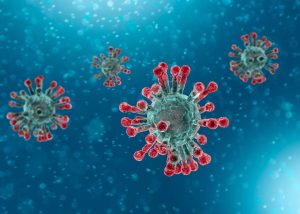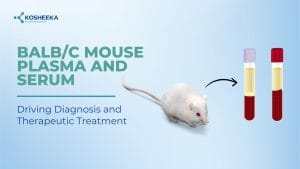Creating an organ from scratch? That was what science-fiction novels talked about before 3D bioprinting became a reality! 3D bioprinting revolutionized the simple idea of 2D primary cell culture and took it to the levels of an engineering miracle. With the advent of this technology, researchers can seamlessly create tissues and organs, making transplants safe and available for patients. The market of 3D bioprinting is supposed to become $1.9 billion by 2024 and it is high time to explore this domain in order to make ‘personalized transplants’, a vivid reality.
How Does 3D Bioprinting Work?
3D bioprinting uses cells in the form of bio-inks to form structures and permeable supports, with or without a scaffold. The required cells (skin or kidney stem cells) are cultured for larger populations to get bio-ink for loading into the printer. A company that developed a proprietary 3D bioprinter, is Organovo. This bioprinter could facilitate cell-to-cell interactions from bio-printed materials and can print tissue in a 24 well plate in 60 minutes.
Benefits of 3D Bioprinting
First and foremost, 3D bioprinting might be the most awaited technology to overcome the lack of tissue transplant and organ transplant supply. 3D printing can help in wound healing applications in the short term while long-term applications involve the de-novo creation of complete body organs for bionic technology. Some of the short term and long-term benefits of 3D bioprinting can be regarded as:
Short term benefits include in vivo and in vivo-like applications:
- Disease Modeling:3D cell culture with primary cells has got a great make-over with 3D bioprinting. This technology allows researchers to replicate the histological aspect of disease physiology and explore molecular markers to understand disease progression.
- Drug Screening: Using 3D bioprinting, researchers can bio-print organic skin or other tissues for testing drug toxicity. Besides skin and lung tissues, researchers can also make liver tissues to test the toxicity of drugs and chemicals.
- Tissue Replacement. Researchers have established proof-of-concept applications in cases of tissue bioprinting, such as ears, cartilage, heart valves, as well as a tracheal tissue.
Long term benefits include:
- Organ Replacement: This is a long shot but some years down the line, with more research and technological understanding, researchers might be able to make compatible functional organs to replace the damaged ones in cases of organ transplants. This potential can offset the organ donor shortage and dramatically reform the domain of transplantation.
- Regenerative Bioprinting: Wouldn’t it be wonderful if artificial transplanted organs can grow with the patient? With the evolution of bio-printed materials and understanding of cellular functions, it might be possible to unlock greater potential for tissue engineering and organ transplant applications.
- In Situ Bioprinting: Instead of growing an organ outside the body and replacing the damaged ones with it, can we generate living tissue directly in the human body? A report of in situ printing of skin tissue might be the first answer to this question!
3D bioprinting is an evolving field and current applications are usually directed towards scaffold preps and tissue printing. The next big phase of 3D bioprinting applications will take sufficient time to come and might even utilize the technology of induced pluripotent stem cells rather than the usual primary cells and stem cells. A major obstacle in this domain is the functional aspect of printed tissue. If researchers can establish the functional point of view for the bio-printed tissues, there will be no stopping scientific breakthroughs!
Is your lab working on 3D cell culture or bioprinting? Choose the best quality of primary cells or stem cells for your 3D research from KOSHEEKA at info@kosheeka.com



